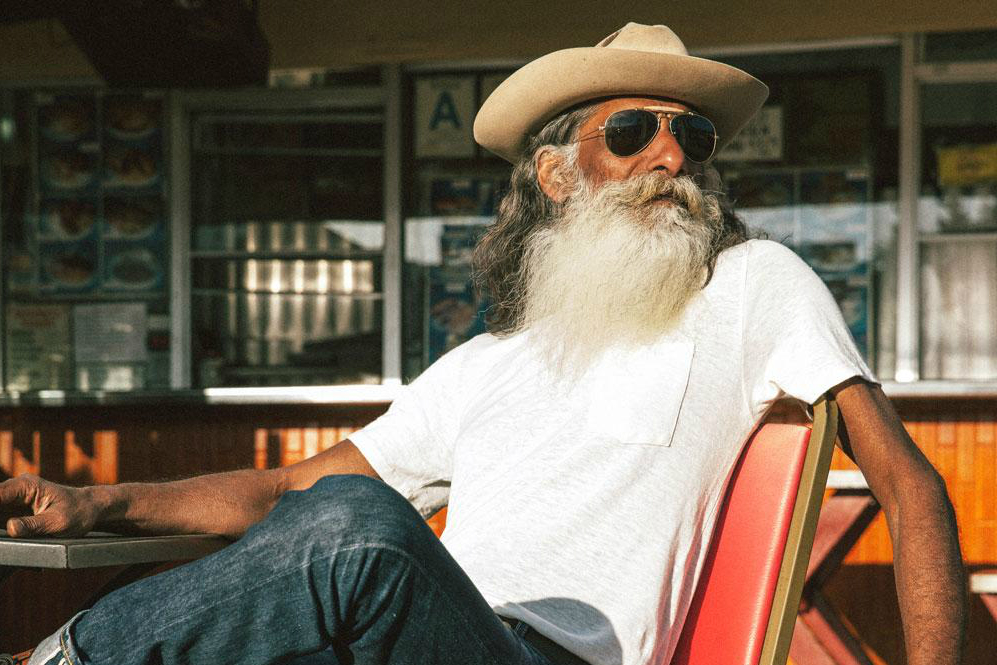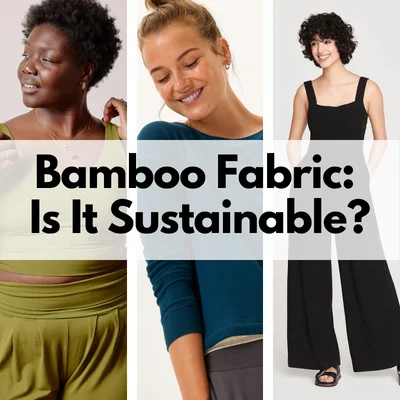New Advice To Picking Bamboo Clothes
Wiki Article
What Are The Environmental Advantages Of Hemp Clothing Made From Low-Impact Fibres?
The hemp clothing that is low impact has numerous environmental advantages over clothes made of cotton and synthetic fibers. Hemp clothing provides several key environmental benefits. It grows very quickly and requires less water as well as pesticides. Hemp can adapt to various soil types and climates and climates, which decreases the need for agricultural chemical.
Hemp uses less water than cotton, which is well-known for its excessive consumption. It makes hemp a more sustainable option for garment production.
Hemp can grow without pesticides and herbicides. In many cases this can reduce the impact on the environment of chemical agriculture.
Hemp can help improve soil health due to its roots that are deep, which prevent compaction and erosion. Hemp cultivation also enhances soil fertility for future crops.
Biodegradability - Hemp fibers are biodegradable and will break down naturally over time, thus reducing the environmental burden of waste textiles. Synthetic fibers, like polyester, can require up to hundreds of years before decomposing.
Lower Carbon Footprint Hemp fibers are made with lower carbon footprint than synthetic materials. Furthermore, hemp is able to capture carbon dioxide from the atmosphere during its growth, acting as an carbon sink.
Hemp clothing's durability and long-lasting is widely known. High-quality hemp garments can last for many years which means less frequent replacements, and further decreasing waste.
Hemp plants naturally resist numerous insects. They don't require pesticides.
Hemp is a versatile material that can be used to create bags, clothes and accessories.
Regenerative Agriculture. Some sustainable farming practices integrate hemp into regenerative farming systems that aim to in restoring and improving ecosystems while growing crops. This can have positive effects on the natural environment.
The process of dyeing, transportation as well as consumer behavior all play a role in the overall sustainability. Like any other industry, you can find variations in production methods and standards. Therefore, it is essential to look for organic hemp clothing or certified hemp clothing. This will give you the highest environmental benefits. Have a look at the most popular the full report about hemp clothes for blog advice including nomad hemp wear, hemp athletic wear, patagonia hemp overalls, hemp yoga pants, hemp wear, patagonia hemp island pants, hoodlamb jacket, hemp shirts wholesale, hoodlamb coat, patagonia island hemp pants and more.

What Makes Hemp Fibers Water-Wicking And Breathable?
Hemp fibers are breathable, moisture-wicking, and thermoregulatory properties due to their unique chemical and structural characteristics. These properties are a result of a variety of elements. Microscopic structure- Hemp fibers possess pore-like hollow structures that allow air to circulate within the fibers. Hemp fabrics are extremely breathable because of their natural porosity. This structure is woven into fabric to allow air to pass through. This promotes ventilation and keeps moisture and heat from accumulating on the skin.
Hemp fibers possess a high affinity to water and they can easily absorb moisture. Wearing hemp clothing can help absorb sweat and moisture, which will stop the sensation of being wet. Furthermore, hemp fibers are efficient in wicking water away from your body and spreading it over a greater area of the fabric, which allows it to evaporate faster. The moisture-wicking properties keep you dry and comfortable when you are engaged in vigorous physical activities or in hot temperatures.
Hemp fibres possess natural insulation properties. They can hold heat close to body and provide warmth when it's cold. In hot weather, they can help to cool you by permitting excess heat and moisture to be able to escape. Because of this inherent thermoregulating property, hemp clothing is suitable for a variety of different temperatures and types of activities.
Hemp fibers have natural antimicrobial properties that prevent the growth odor-causing bacteria. This attribute contributes the freshness, and also odor resistance in hemp clothing.
Hemp fibers can be robust and durable, so hemp clothing won't lose its breathability. This durability allows hemp garments to last for longer and decreases the need for replacing them and, consequently, reduces the impact on the environment.
UV Protection Hemp fibers are an organic UV protector that shields the skin from damaging UV Rays. Hemp clothing is versatile because of its UV-blocking qualities. It's great for activities outdoors.
These characteristics are inherent in hemp fibers and don't require chemical treatment or other additives. The natural properties of hemp make it an eco-friendly and a comfortable fabric, particularly for activewear, outdoor clothing and warm weather clothes. These attributes are preserved when hemp fibers are transformed into textiles. They are a highly sought-after material for environmentally friendly clothing. Have a look at the recommended continue reading for hemp clothing for website examples including hemp clothing wholesale, hemp shirts mens, hemp shirts, hemp tees, hemp trousers, 100 hemp clothing, hemp sportswear, hemp clothing near me, 100 hemp clothing, hemp sweatshirt and more.
What are differences between bamboo and hemp fibers?
Two different fibers, hemp and bamboo can be used in textile production. Each has its own characteristics and distinct characteristic. These are the major differences between bamboo and hemp fibers. Plant Source-
Hemp- Hemp is derived from hemp stalks. Particularly the outer basts. Hemp is a multi-faceted and rapidly-growing plant, has been cultivated throughout the ages in various ways.
Bamboo- Bamboo fibres are produced from the bamboo pulp plants. Bamboo is a grass that grows quickly and is well-known for its durability.
2. Fiber Specifications-
Hemp Fibers- Hemp fibers have a reputation for their strength and durability. They are some of the strongest natural fibres, and they soften after each wash. They are ideal for textiles that are durable.
Bamboo It is a silky, soft fiber. They may be more delicate and less robust than hemp fibers, but are still valued for the comfort they provide against skin.
3. Texture & Feel
Hemp- Hemp fabric has a textured and slightly coarse feel, particularly when it is in its natural form. While it is an extremely comfortable fabric, its texture is different from bamboo.
Bamboo fabric is silky-smooth and very soft. The fabric is described as having a silky cottony feel. It is extremely comfy.
4. Dryness and Breathability-
Hemp- Hemp fibers are naturally air-tight and moisture-wicking, which allows to circulate air and absorb moisture. They can help keep you cool during hot weather.
Bamboo fibers also have the ability to absorb water and are extremely ventilated. They are brimming with micro-gaps, which enhance their ability to regulate humidity and temperature, which keeps you comfortable in various conditions.
5. Environmental Impact-
Hemp Hemp can be considered an environmentally friendly fiber because of its fast growth rate, low water needs, and resistance against insects. These attributes help reduce the need for pesticides or herbicides. It can also sequester carbon from the atmosphere throughout its growth.
Bamboo's sustainable nature is widely known. It is fast growing, requires less water and is easy to grow without synthetic pesticides. Some bamboo species, such as Moso Bamboo, are thought to be sustainable.
6. Processing-
Hemp- Hemp fibers must be processed extensively to separate the bast fibers from the core. The process may require decortication, retting and mechanical separation.
Bamboo The bamboo fibers are usually obtained through a chemical process called the rayon or viscose process. This process involves breaking down bamboo pulp by using chemical. This process can create environmental issues if not handled properly, some bamboo fabrics use closed-loop systems to reduce the amount of chemicals that are disposed.
7. Versatility-
Hemp- Hemp fibres can be used for a variety of applications, including clothing, textiles, and paper. They are also great construction materials.
Bamboo- Bamboo fibers are primarily used in clothing and textiles but can also be found in other items such as sheets and towels.
Both hemps and bamboos offer advantages when it comes to sustainability and unique qualities. Choose between hemp and bamboo according to the qualities and qualities you're searching for and your environmental preferences. Check out the recommended bamboo clothing for site info including organic bamboo pajamas, womens bamboo t shirts, carter's bamboo pajamas, angel dear bamboo pajamas, bamboo t shirts womens, women's freefly apparel, kate quinn bamboo, ladies bamboo pants, bamboo cay shirts christmas, bamboo jeans brand and more.
